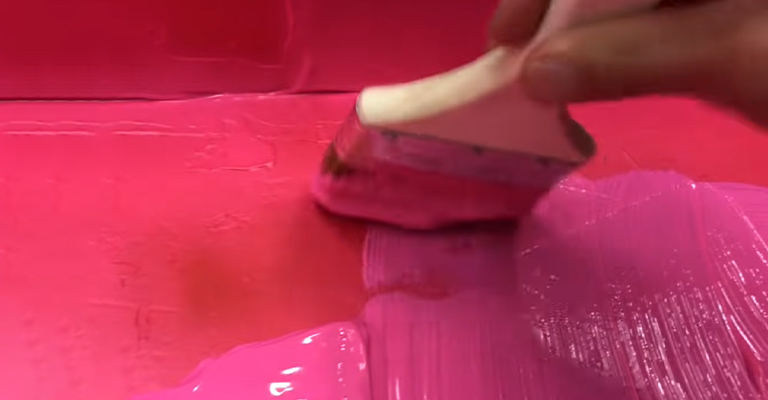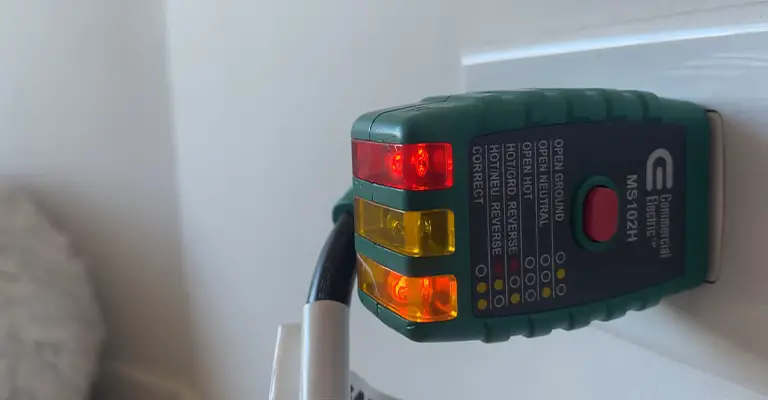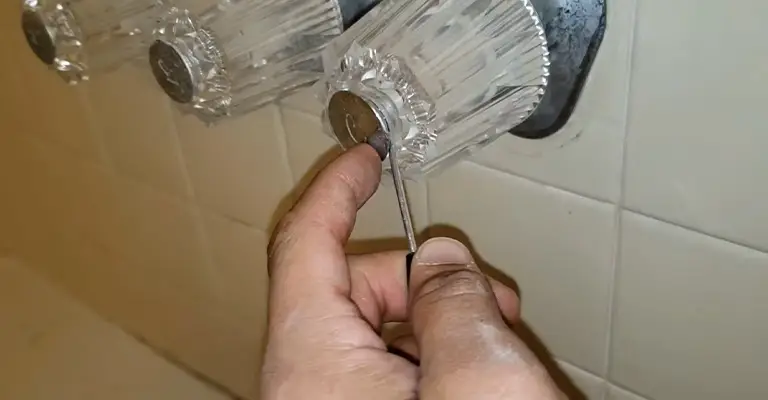Why Do You Remove Satellite Dish From Ground
You might want to remove your satellite dish from the ground to get rid of it or to get better signal reception. Mostly this happens due to misalignment of the dish or to adjust the satellite arc or the optimum height. Here we’ll have a look at all of this.
Why Do You Remove Satellite Dish From Ground
Placing your satellite dish at the right height is much important as you have to ensure that the dish is accessible and not hidden away/out of sight. Satellite dishes might work at ground level as long as you have a clear line of sight of the satellites or no direct path or blockage in the front of them.
Most of the time you’d want your satellite dish away from the ground. Straight blockage by constructions like neighboring buildings, bridges, and trees may block the transmission of the antenna signal and result in a signal interruption. Here, we’ll discuss why you should not install a satellite dish on the ground and install your satellite dish in a proper location.
Satellite Dish Alignment
Identifying satellite dish alignment is much important for absolute maximum performance and signal gain. A good satellite alignment tool, such as the Promax Ranger spectrum analyzer allows a wide variety of aerial and satellite functions including giving dB strength readings and carrier to noise (C/N) and modulation error ratios (MER).
To align the dish, maximize the signal on three plains which are left and right or east and west (azimuth) adjustment. The elevation angle that the dish points up to the sky is also important.
Offset satellite dishes don’t necessarily need to actually physically point to the sky as prime focus satellite dishes do. The signal gets down to the LNB so it doesn’t actually look like it’s pointing directly to the satellite by the back reflector. However, using a dish-pointer to establish roughly where your dish needs to point might come in handy. Get your azimuth and elevation angles by simply entering your location and the satellite information.
The Satellite Arc
An orbital/satellite arc is an imaginary arc in the sky composed of the connected pointing angles of all the geostationary satellites that we use for satellite TV broadcasts orbit around the equator. For the Northern Hemisphere, these will be south and vice versa.
For the equator, these will literally be straight up 90 degrees above your head. Understanding satellite arc in the sky is much important as this helps determine the best height for your satellite dish.
Optimum Height
Whether it’s at ground level or at the top of the roof, as long as you have no interference and a clear line of sight from the satellites in space, it’s all the same. Signal strength being received are exactly the same at head height, ground that it will be on the top of a skyscraper or chimney.
FAQ
Can I remove an old satellite dish myself?
Most people want to remove old satellite dishes from their homes after they get rid of their satellite cable to get more space. Either you pay the satellite company to come to your house and remove your dish or you remove it by yourself. However, the process is quite simple and you may save a few bucks.
Is it safe to install a satellite dish on the roof?
Even though you can mount a satellite dish directly on the roof, it’s not recommended as drilling into the roof may cause leaks sooner or later.
How heavy is a satellite dish?
Most modern dishes are smaller which is usually 40–60cm in size weighs around 4-6 kg.
How do I remove a satellite dish from the ground?
First, disconnect the cable from the dish and unscrew the mount bolts. Next, remove the dish safely. Make sure to fill the holes with weather calking or tar to prevent leaks.
To Conclude
Unused satellite dishes in the ground can be a bummer. Even if used, it might get interference and bad signal reception and may need to be removed away from the ground. Make sure to detach the cables and pluck the holes after the removal process. Or you can call in the dish company and leave it to the professionals.






